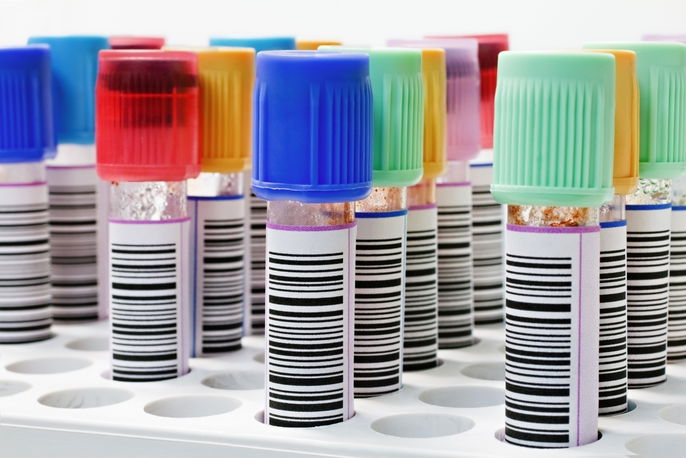Transferrin is a protein that is mainly produced by the liver. Its main function is to transport iron to the bone marrow, spleen, liver and muscles, which all play a role in various bodily function.
The transferrin blood test is normally ordered to confirm and determine the type of anemia present. This test is usually ordered together with the iron and ferritin blood tests. Learn more about the blood tests for anemia that your doctor may order.
The transferrin blood test is usually done after fasting for 8 to 12 hours, however each lab may have different preparation instructions.

What is it for
The transferrin test is normally ordered by the doctor to determine the type of anemia the patient may have. It is usually useful the diagnosis of microcytic anemias, which are anemias that are characterized by the presence of red blood cells that are smaller than normal. In addition to transferrin, the doctor requests iron levels and a ferritin test.
The doctor may also opt to order a hemoglobin electrophoresis to identify the patient's hemoglobin type to confirm a possible thalassemia diagnosis.
It is important for test results to be interpreted by the ordering physician, together with iron and ferritin levels and an in-person assessment.
Normal levels
Normal blood transferrin levels are:
- Men: 215 - 365 mg/dL
- Women: 250 - 380 mg/dL
Reference levels may vary depending on the laboratory, and therefore it is important to evaluate the results and reference values on the exam report.
What is transferrin saturation?
The transferrin saturation refers to the percentage of transferrin that is occupied by iron. Under normal conditions, 20 to 50% of transferrin binding sites are occupied with iron.
High transferrin
High transferrin is normally seen in iron deficiency anemia, in pregnancy and in treatment with hormone replacement, particularly estrogen.
Also recommended: Anemia Symptoms: 10 Signs of Low Hemoglobin tuasaude.com/en/anemia-symptomsLow transferrin
Conditions that can cause low transferrin levels are:
- Thalassemia
- Sideroblastic anemia
- Inflammation
- Conditions associated with protein losses, like chronic infections and burns
- Liver and kidney diseases
- Neoplasms
- Nephrosis
- Malnutrition
Furthermore, trransferrin levels can be low with anemias caused by chronic infectious diseases or inflammation.






























